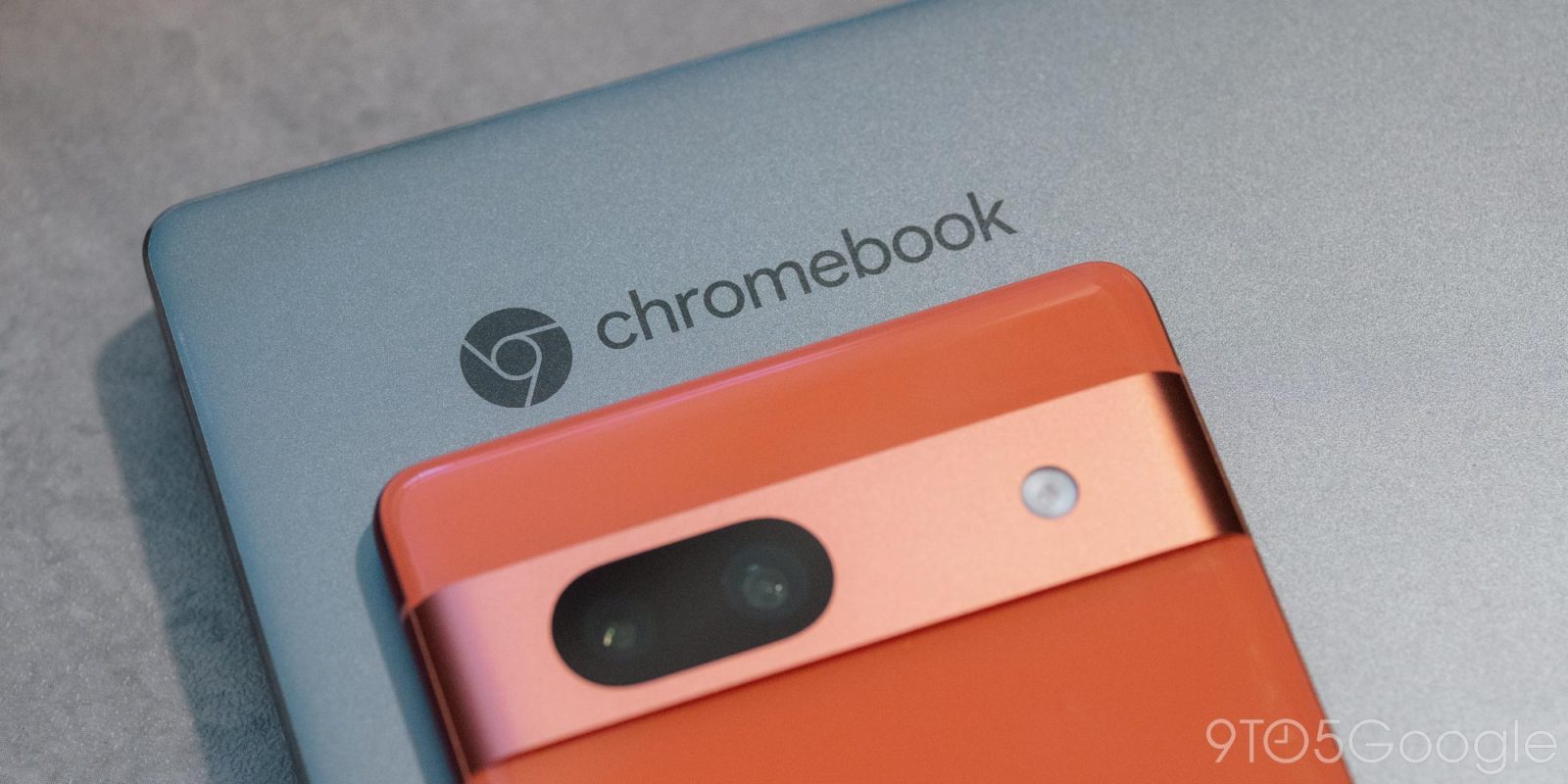
Back in June, Google announced ChromeOS would adopt “portions of the Android stack.” A report today says Google is “working on fully migrating Chrome OS over to Android.”
From the announcement earlier this year, Google said ChromeOS will be using the Android Linux kernel and Android frameworks. One example of this is ChromeOS using Android’s Bluetooth stack. In terms of why, Google said this will “accelerate the pace of AI innovation at the core of ChromeOS, simplify engineering efforts, and help different devices like phones and accessories work better together with Chromebooks.”
In short, from what has officially been shared, ChromeOS will look more like Android under-the-hood. At the time, Google said that it will “continue to deliver the unmatched security, consistent look and feel, and extensive management capabilities that ChromeOS users, enterprises, and schools love.” That line about “consistent look and feel” would suggest the ChromeOS UI/UX will be mostly unchanged.
Today’s Android Authority report would suggest that Google, at some point, decided to take things a step further. “Fully migrating” implies that the end user ChromeOS experience (desktop, launcher, etc.) will be changing. The article points to desktop windowing, external monitor, and better keyboard and mouse support as being “part of Google’s internal Android-on-laptop project.”
According to AA, Google “wants future ‘Chromebooks’ to ship with the Android OS in the future.” How Google ultimately markets these changes remains to be seen.
Today’s piece also spends a lot of time framing this move as Google wanting an iPad competitor: “the end result could be a platform that finally bests the iPad.” While the iPad is arguably more user-friendly than desktop operating systems, it isn’t necessarily a fully realized competitor. At the very least, it’s more expensive than Chromebooks, with Google finding clear success at price points below Apple’s tablet.
FTC: We use income earning auto affiliate links. More.




Comments